Quick Claim Process

Affordable Premium

Accessibility Options

General

General Products
Simple & Transparent! Policies that match all your insurance needs.
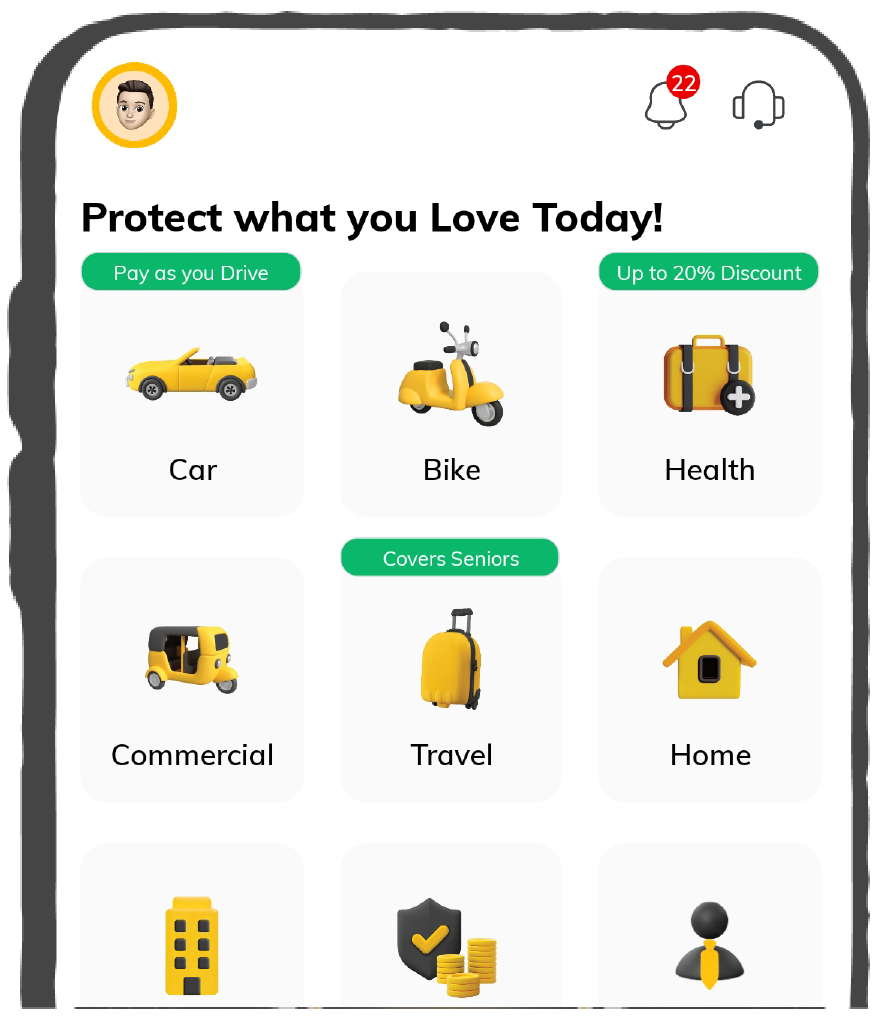

37K+ Reviews
7K+ Reviews
Scan to download
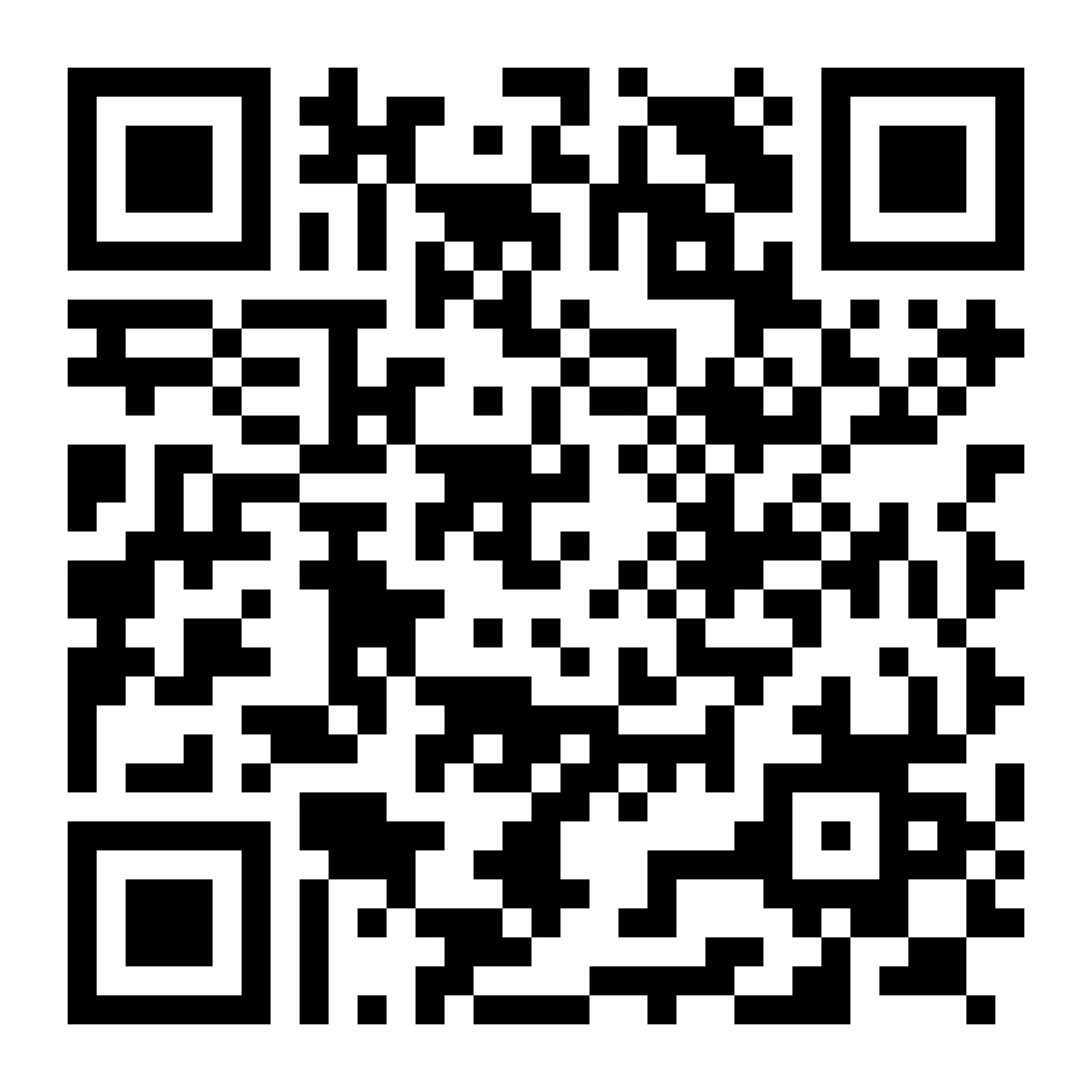
Life

Life Products
Digit Life is here! To help you save & secure your loved ones' future in the most simplified way.
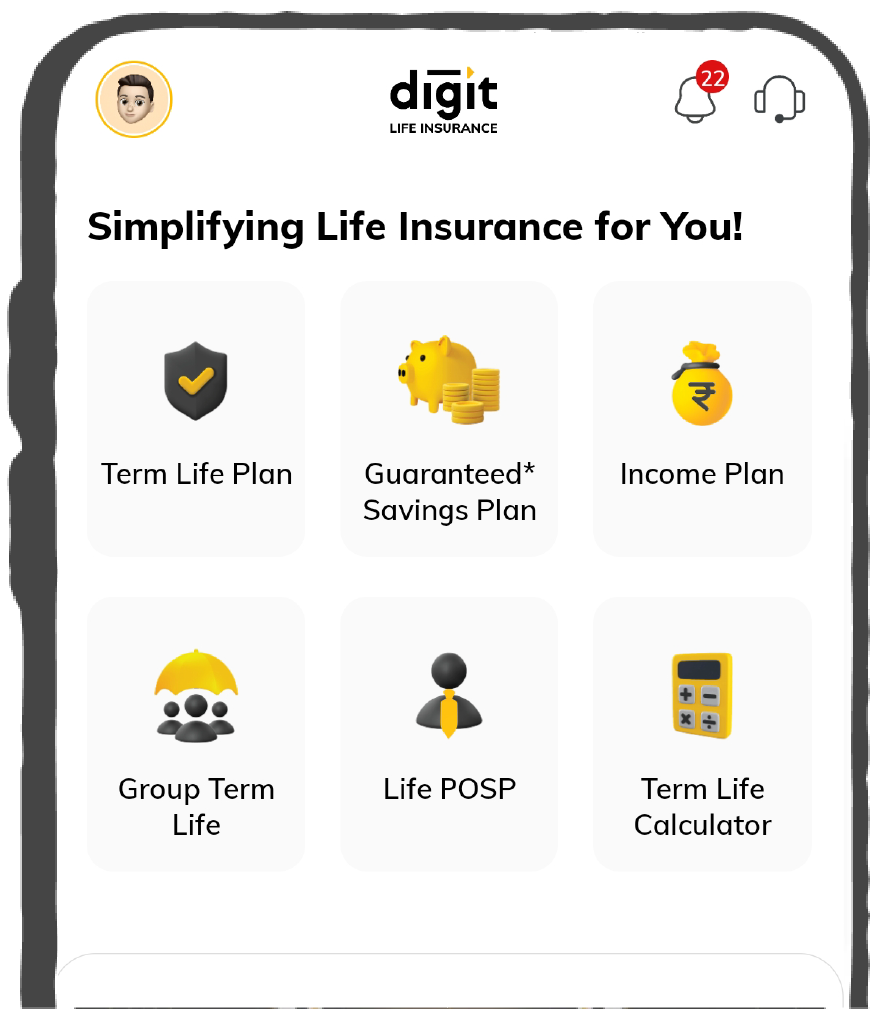

37K+ Reviews
7K+ Reviews
Scan to download

Claims
Claims
We'll be there! Whenever and however you'll need us.
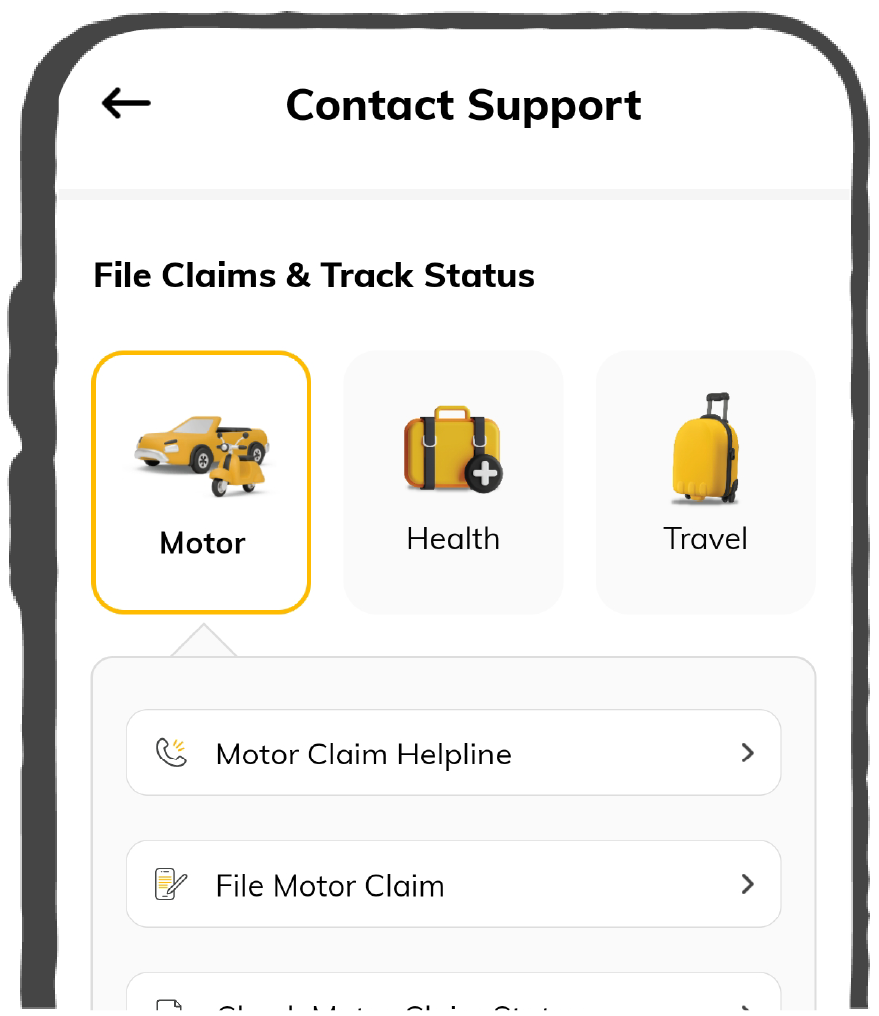

37K+ Reviews
7K+ Reviews
Scan to download

Resources
Resources
All the more reasons to feel the Digit simplicity in your life!
 Tools & Calculators
Tools & Calculators
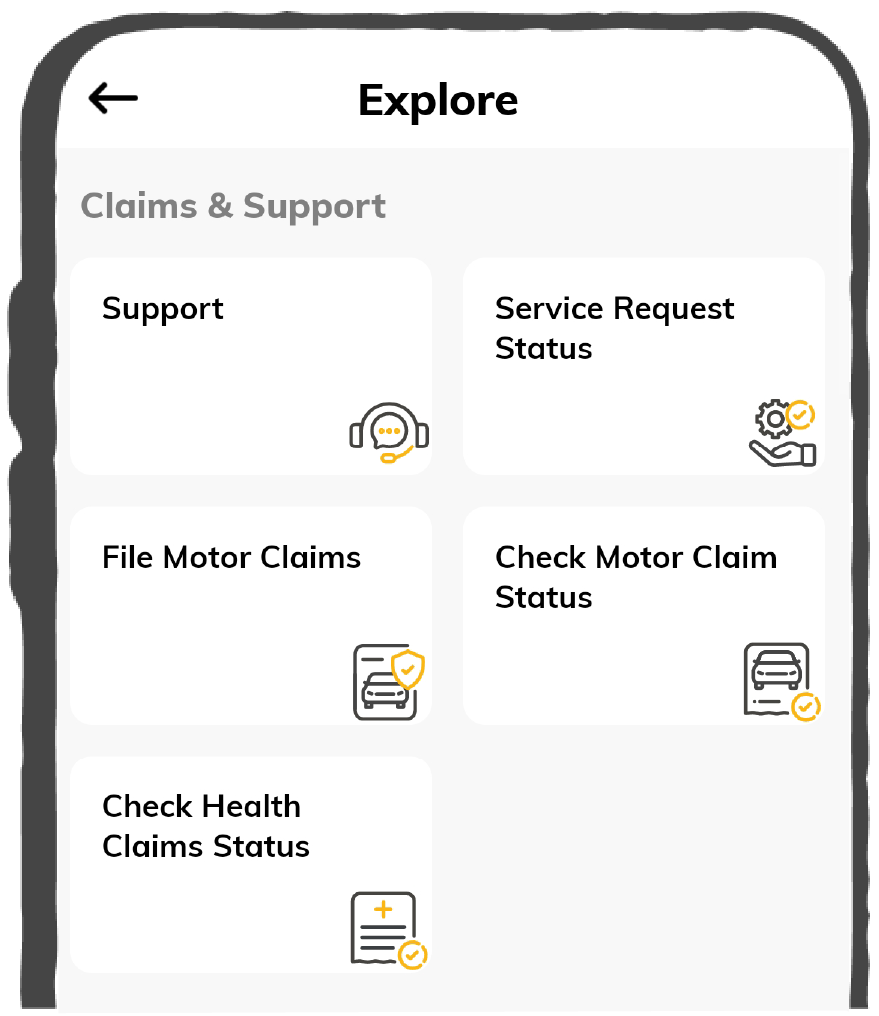

37K+ Reviews
7K+ Reviews
Scan to download

37K+ Reviews
7K+ Reviews
Select Preferred Language
Our WhatsApp number cannot be used for calls. This is a chat only number.

Enter your Mobile Number to get Download Link on WhatsApp.
You can also Scan this QR Code and Download the App.
Quick Claim Process

Affordable Premium


Non-creamy layer certificate, which is also known as OBC or Other Backwards Class certificate, is provided to a certain group of people in our society who fulfil the conditions of the given eligibility criteria. Former Prime Minister V. P. Singh introduced this certificate back in 1993.
Read on to know whether you are eligible for an OBC-NCL certificate and how to apply for the same.
After this certification existed, a part of jobs were allocated in the Central Government and Public Sectors for persons holding the certificate.
Students with the NCL certificate can get the opportunity to join premium institutions, such as IIT and IIM. This certificate is issued by the Thasildar of the concerned State Government. Therefore, the process for obtaining this certificate across different states will vary.
In a wider sense, the entire OBC category is divided into two categories based on the applicant’s parents' income - creamy and non-creamy layers. If your parent’s annual income is below ₹ 8 lahks, you will belong to the non-creamy layer of the OBC category.
In addition to this, you have to satisfy the following criteria to apply for an NCL certificate:
Even if you belong to the OBC category, you will not be eligible to apply for a non-creamy layer certificate if you satisfy any of the given conditions:
An applicant will need the following documents to apply for an OBC-NCL certificate:
One can apply for an OBC certificate both online and offline. The procedure for both the modes have been discussed below:
Step 1: Go to the social welfare portal of your state.
Step 2: Click on “Apply for Caste Certificate”.
Step 3: Create an account and fill up the online application form with the details required.
Step 4: Upload your documents and submit your details.
Step 5: You will receive an application ID which you can use to track your application’s progress.
Step 6: After successful verification, you can download the certificate available from the portal.
Step 1: Collect your application form from a nearby Tehsildar or Revenue office.
Step 2: Fill up the application correctly with the information as required.
Step 3: In case of migration, provide proper documents for the home state.
Step 4: If the father is not present, provide a blood relative's caste certificate.
Step 5: Sign the self-attestation section, attest a passport-size photograph and submit the form along with the documents.
Step 6: After verification, you will receive your certificate within 30 to 35 days from submission date.
The segmentation within the OBC category of creamy and non-creamy layers was made to ensure the even distribution of benefits and privileges to the people who belong to the backward classes in our society. A non-creamy layer certificate will benefit only those who truly need the support and assistance.
If your parents’ annual income for the last three consecutive years has been below ₹ 8 lakh, you are eligible to apply for OBC-NCL certificate. Income from other sources should also be below ₹ 8 lakh.
If your parents’ annual income for the last three consecutive years has been below ₹ 8 lakh, you are eligible to apply for OBC-NCL certificate. Income from other sources should also be below ₹ 8 lakh.
In most cases, yes, if they meet all the criteria. However, there are no reservations in the case of examinations for recruitment in Defence Services, such as the NDA & NA Examination and Combined Defence Services Examination. [Source]
In most cases, yes, if they meet all the criteria. However, there are no reservations in the case of examinations for recruitment in Defence Services, such as the NDA & NA Examination and Combined Defence Services Examination.
